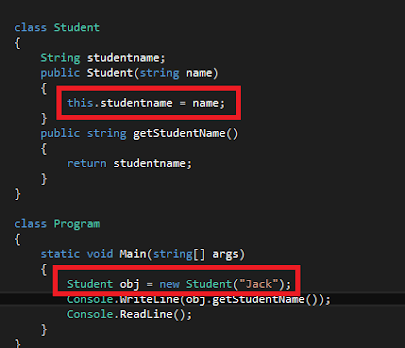Assembly Manifest
- Contains a collection of data that describes how the elements in the assembly relate to each other.
- The assembly manifest contains this assembly metadata.
- An assembly manifest contains all the metadata needed to specify the assembly's version requirements and security identity, and all metadata needed to define the scope of the assembly and resolve references to resources and classes.
- The assembly manifest can be stored in either a PE file (an .exe or .dll) with Microsoft intermediate language (MSIL) code or in a standalone PE file that contains only assembly manifest information.
Types of assemblies:
1. Single File Assembly
2. Multi File Assembly
Assembly Manifest Contents
Metadata:
· Metadata is the complete way of describing what is in a .NET
assembly.
· Digging
into the metadata yields the types available in that assembly, viz. classes,
interfaces, enums, structs, etc., and their containing namespaces, the name of
each type, its visibility/scope, its base class, the interfaces it implemented,
its methods and their scope, and each method’s parameters, type’s properties,
and so on.
· The assembly metada is generated by the
high-level compilers automatically from the source files. The compiler embeds
the metadata in the target output file, a dll, an .exe or a .netmodule in the
case of multi-module assembly.
Manifest
·
Metadata describes the contents in an assembly,
whereas the manifest describes the assembly itself, providing the logical
attributes shared by all the modules and all components in the assembly.
· The manifest contains the assembly name, version number, locale and an optional strong name that uniquely identifying the assembly. This manifest information is used by the CLR.




Comments
Post a Comment